Heuriger or Buschenschank?
Not so easy to be familiar with the terminology of Austrian gastronomy. We have that on ours Austria Travel to the wine regions Lower Austria, in the Burgenland and in the Styria in recent years. We have often been there as travel bloggers Well, the term “Heuriger” was familiar to us. I associated it with the idea that it was a wine restaurant in Vienna and the surrounding area. I heard the term “Buschenschank” at our Visit to the South Styrian Wine Route a few years ago for the first time. What exactly is the difference between Heuriger and Buschenschank, I first had to research that.
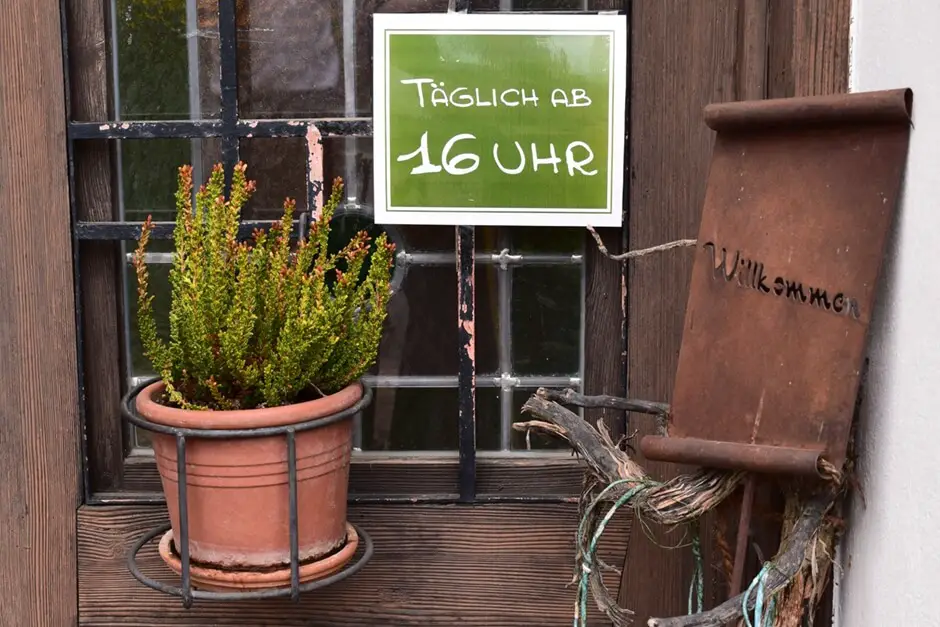
Where do the wine sales to passersby come from?
The custom of serving wine to strangers probably dates back to Franconia and Bavaria under Charlemagne. Since the Middle Ages, every Austrian winemaker had the right to serve his wine to strangers. There was talk of liquor licenses.
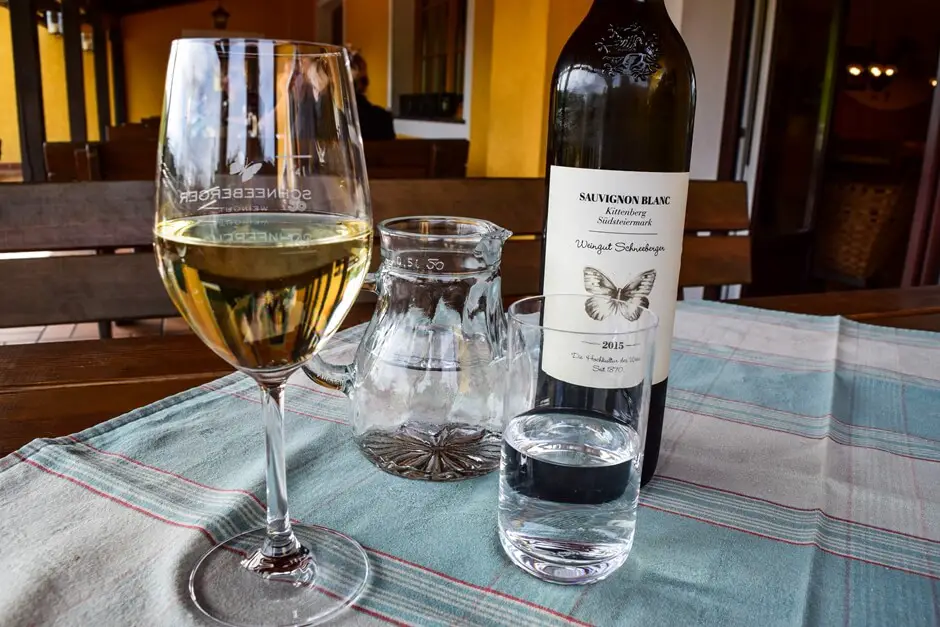
But as is often the case, envy and resentment contributed to changing this. Count Görz insisted that only his own wine should be served on his land. This did not suit some winegrowers of this region and the dispute ended before Emperor Franz Josef II. He issued a circular ordinance in 1784, which allowed each winegrower, to offer his own agricultural products and wines to strangers.
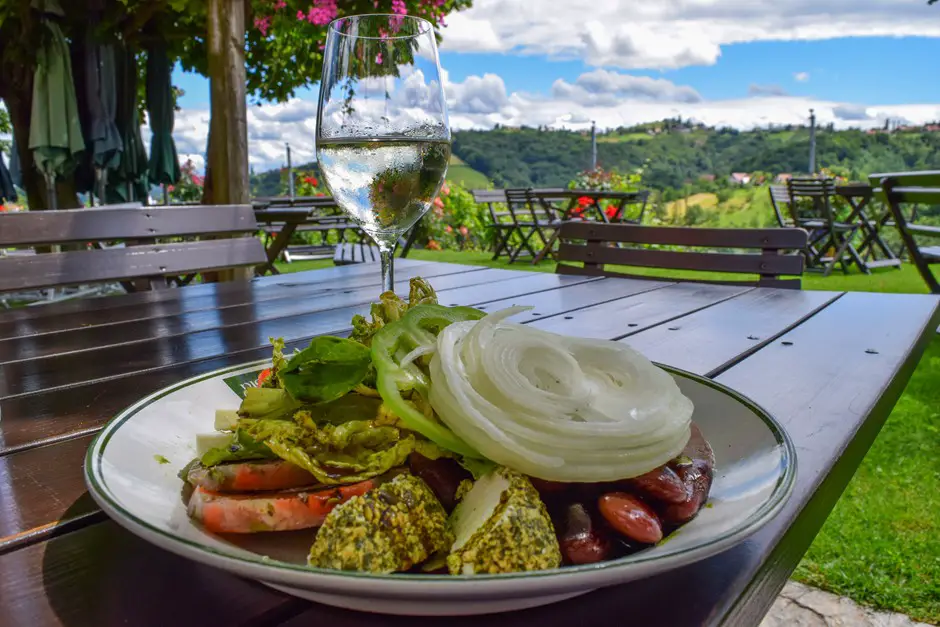
The Buschenschank was now subject to certain rules. These were changed several times in the following decades, until the bars had to be registered in 1883. The rights of the Buschenschanken are still regulated today: only the own wines and own products of the winegrowers may be sold. This means, what comes on the table comes from the vineyards of the owner of the Buschenschank, just like the sausages and meats that are served to the guests on appetizing plates. The Buschenschanken are not open all year round, but they "stecken aus". That means they hang a bush - a branch - in front of the door, which indicates that it has opened.
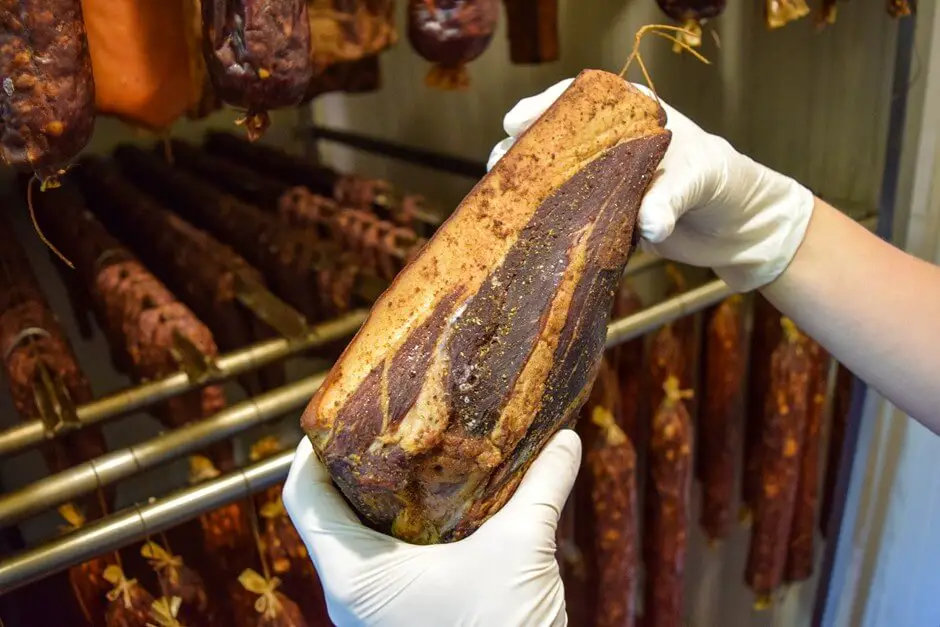
History of the Heurigen and the Buschenschanken
The history of the Heurigen is closely linked to the culture of Vienna and Austria. Since the decree of Emperor Joseph II in 1784, winegrowers have been allowed to serve their own wine. This is how not only Buschenschanken came into being, but also the Heurige, a place of conviviality and enjoyment.
What is a Heuriger?
The Heurige has evolved over time. It used to be just a simple room, often just an outdoor table. Today it often offers a wide selection of wines and regional dishes. The basic idea remains the same: a Heuriger is a place where the winemaker sells his own wine. Incidentally, the word “heurig” comes from the Viennese and means “this year”. It refers to the young wine harvested in the same year.
A special sign of a Heurigen is the "Buschen", a bouquet of pine branches and cones. If the Buschen hangs outside, that means: The Heurige is open. In Vienna and the surrounding area there are many famous wine taverns such as Grinzing, Neustift am Walde or Nussdorf. But the Heurigen culture is also alive in other parts of Austria, such as in Burgenland or Styria.
The Heurigen also have an influence on the music scene. The so-called "Heurigen music" is an important part of the atmosphere. It ranges from traditional Viennese songs to modern interpretations.
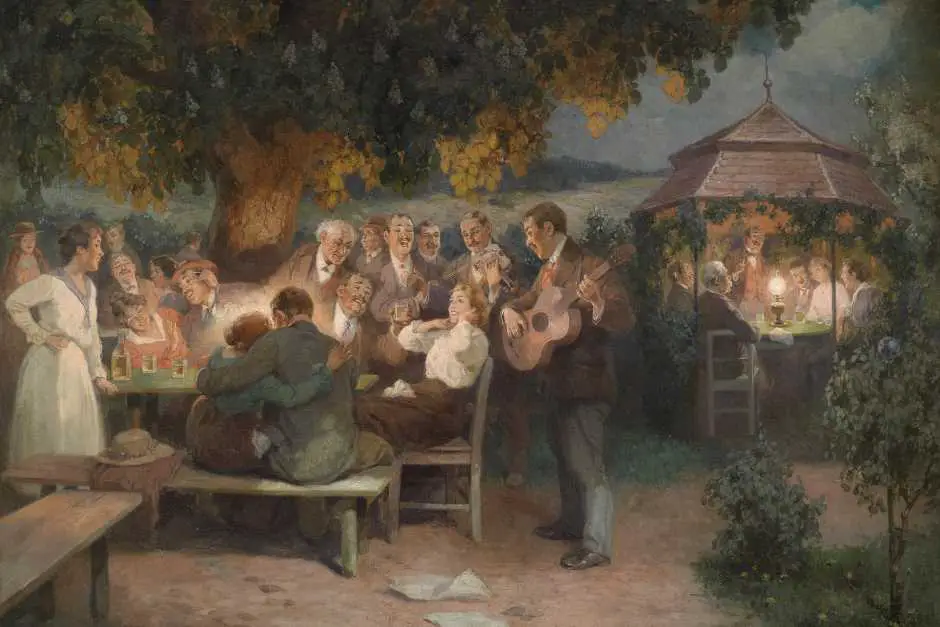
Heurige's in the wider region around Vienna
The term Heurigen is used more extensively than I thought. We met wine taverns in Lower Austria, Burgenland and Styria. These are - taken quite literally - inns in which the Sturm, the young wine or the "Heurigen" are served. It is important that the wine from the last harvest is served in the Heurigen. November 11th, St. Martin's Day, is the day on which last year's wine becomes "old" wine. From that day on, it will be replaced by the wine from the new harvest in the Heurigen. Unlike the Buschenschanken, the term Heurigen is not protected as an inn. Every wine bar can call itself a heuriger. It is up to them to decide whether they are only open seasonally or all year round. This is one of the differences to the Buschenschanken, which are only open at certain times.
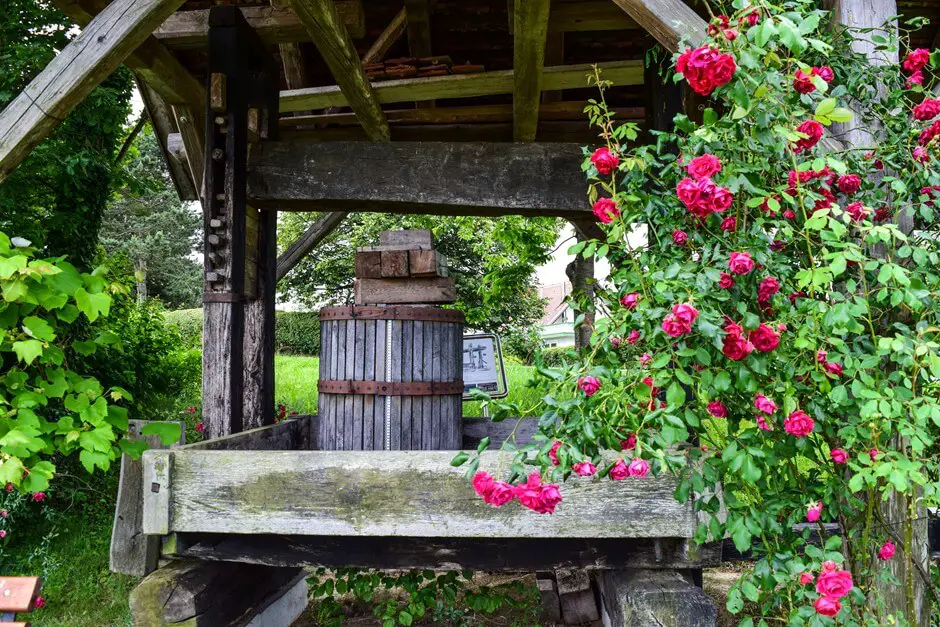
There is also a difference in the range of dishes: in contrast to the Buschenschank, warm dishes are served in the Heurigen. In the latter there's only cold plates. You can see that in Petar's video about the Thermenheurigen in Loipersdorf in Styria. Bread with spreads is served as a starter. A hearty meat plate with bread dumplings and warm Kaiserschmarrn for the main course and dessert.
Five wine taverns in the Vienna area
Each of these wine taverns in the Vienna area has its own special features.
- Heuriger Wolff in Neustift am Walde: Known for its wide selection of wines and cozy atmosphere. Here you can sit in the beautiful courtyard and enjoy the homemade specialties.
- Sirbu in Kahlenbergerdorf: This wine tavern is right next to the vineyards and offers a great view of the Danube. The wine list is diverse and the food is traditional Austrian.
- Heuriger Mayer at Pfarrplatz in Heiligenstadt: A historical place, because Beethoven lived and composed here. The Heurige offers a wide range of wines and is especially known for its stilts.
- Heuriger Hirt in Grinzing: A family-run establishment known for its hospitality and diverse range of wines. The menu also offers vegetarian options.
- Fuhrgassl-Huber in Neustift am Walde: This wine tavern is particularly suitable for families. There's a large playground, and the menu is kid-friendly.
All these wine taverns not only offer excellent wine, but also delicious regional dishes. You are easily accessible by public transport or the rental car .
Especially in Vienna and the surrounding area, the Heurigen are often inns that have become true tourist magnets. Who does not know the wine taverns of Grinzing, where in addition to the young wines and good food often typical Viennese songs accompany the event. However, we like the traditional wine taverns better, in which homemade food is served like the hearty spreads on home-made bread as a starter and luscious meat dishes with bread dumplings and mixed salad as a main course. For dessert, there are often regional specialties such as Kaiserschmarrn or apricot dumplings - depending on the season.
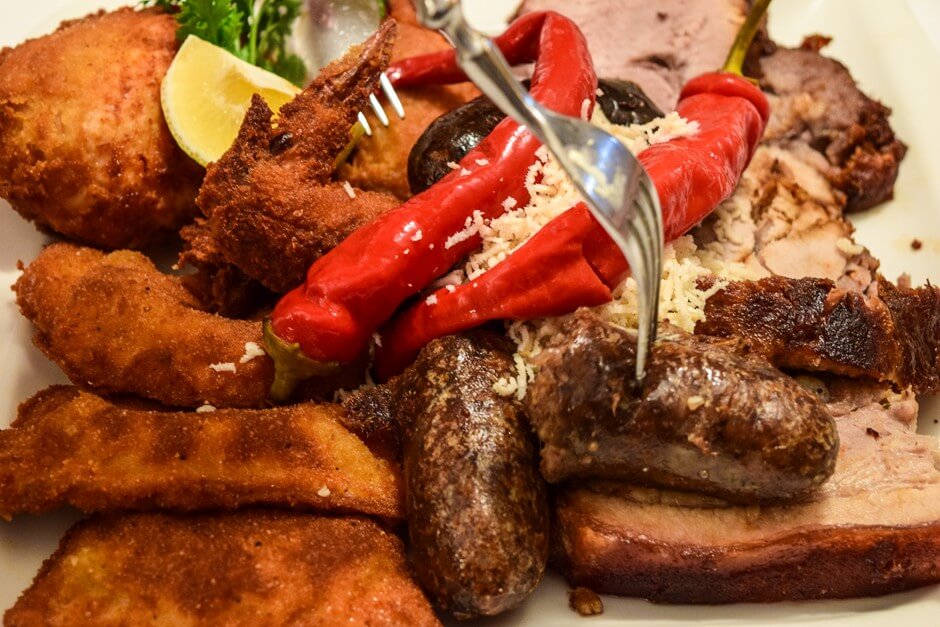
Wine recommendations for Heurigen or Buschenschank
When you visit a Heurigen or Buschenschank, choosing the right wine is often a challenge. These wines are often offered there:
- Grüner Veltliner: This wine is a classic in many wine taverns. It is fresh, fruity and goes well with a variety of dishes.
- Viennese Mixed Set: A wine composed of different grape varieties. It is particularly versatile and goes well with Austrian dishes.
- Riesling: If you like something sweet, Riesling is a good choice. It's often fruity and sweet, but not too heavy.
- Zweigelt: Zweigelt is a good option for red wine lovers. Light and fruity, it goes well with meat dishes.
- Rosé: A light and refreshing wine, ideal for warm days.
Wine offerings may vary depending on season and availability. Also, it's always a good idea to ask the winemaker or staff for their recommendations. You might discover a new favorite wine and learn more about Austrian wine culture at the same time.
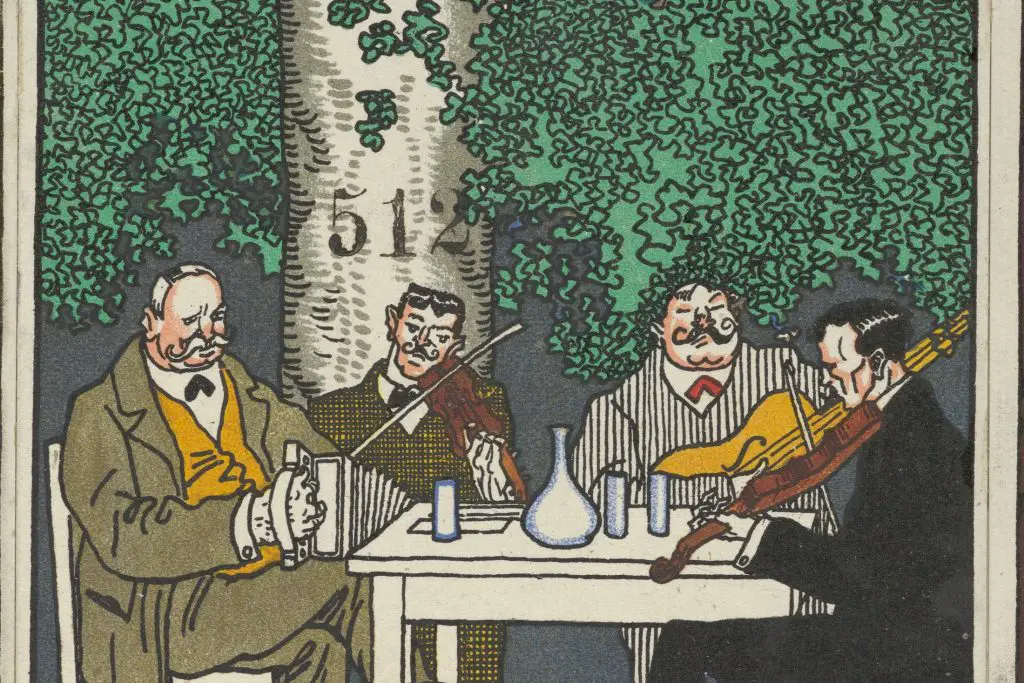
Heuriger or Buschenschank - which is better?
Honestly, we can only answer that with one word: none! The home cooking that is served in both – regardless of whether it is the cold platters from the Buschenschanken or the hearty cuisine from the Heurigen – is always good. The same goes for the wines. If you are looking for local contacts with producers of the food and wine, you are of course better off in the Buschenschank. There you can combine a visit with a small wine tasting and then take a few bottles of the house wine home with you. In the Heurigen, on the other hand, you can try the young wines of the year in the restaurant. So far we haven't come across a Heuriger where you could take wine with you.
Good to know: on these two pages the top wine taverns of Austria and the taverns that are currently open are listed. The answer to the question, Heuriger or Buschenschank, thus also depends on the opening times. Detailed explanations can also be found in this article.
More tips to savor your trips
- Further Food Travel here.
- Graz insider tips – Discover Graz’s culinary delights
- Discover here Restaurants we recommend.
- Taste the World: Wine Regions to Discover
- More slow travel Travel Tips is available for example at this link.
- The Gail Valley in Carinthia
- Discover others Wine regions in Austria.
- If you want to do something good, then we recommend a visit to the Therme Loipersdorf
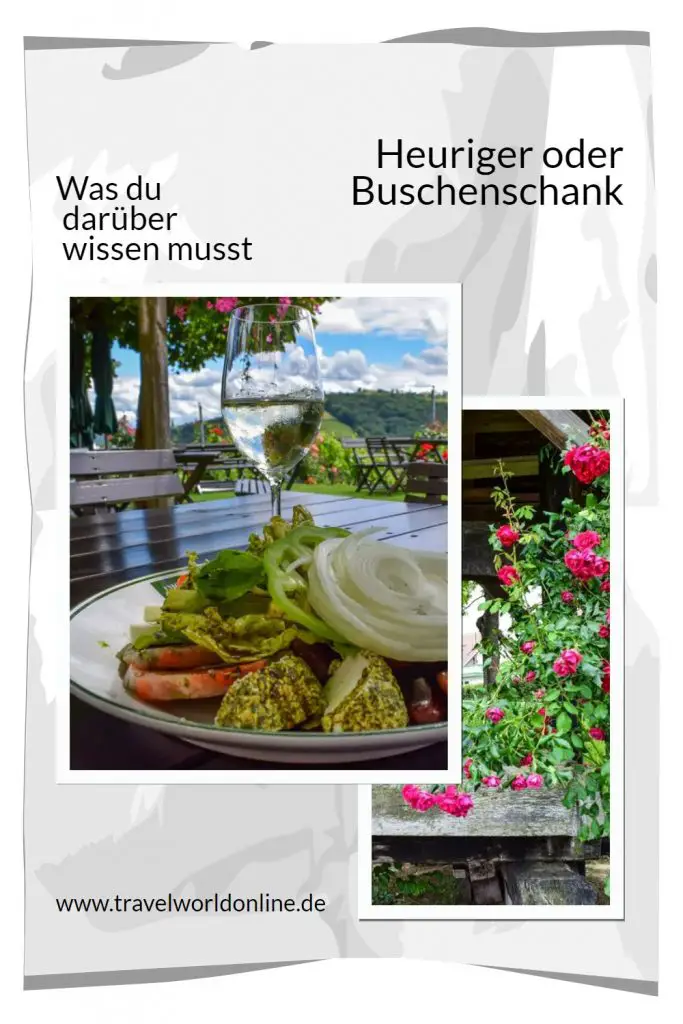
Do you also know:
- Vienna travel tips
- An experience for connoisseurs: the Sausal Wine Route
- When the pear trees bloom in the Mostviertel
- Learn to cook Austrian
- Hiking and wine on the pleasure mile in Gumpoldskirchen
- Christmas romance in Gengenbach in the Black Forest
- Relax in nature: camping in Cesenatico, Italy
Source Heuriger or Buschenschank: own research on site. In any case, our opinion remains our own.
Text Heuriger or Buschenschank: © Copyright Monika Fuchs and TravelWorldOnline
Photos: © Copyright Monika Fuchs as well as TravelWorldOnline and Wikimedia Commons in the public domain
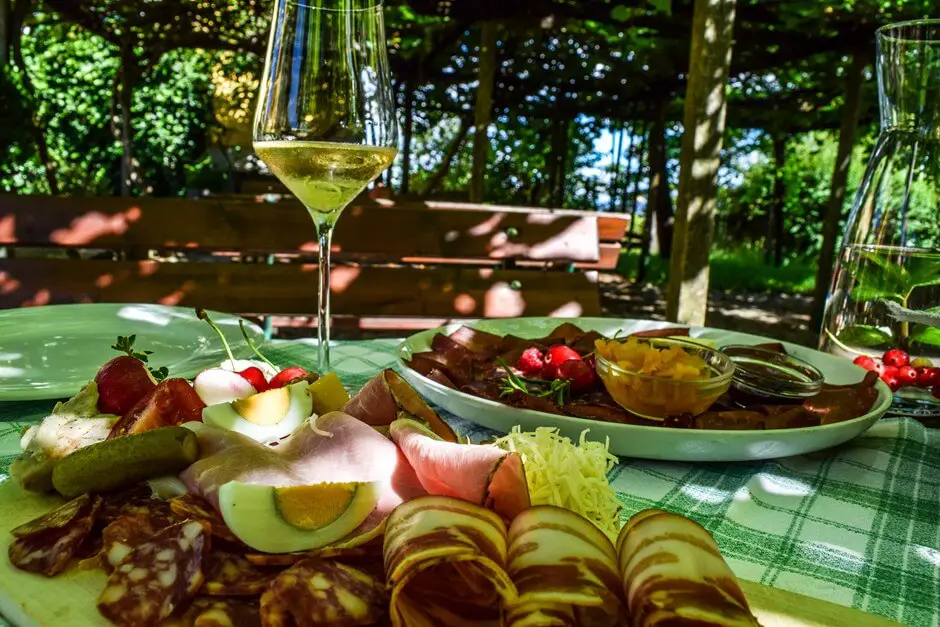
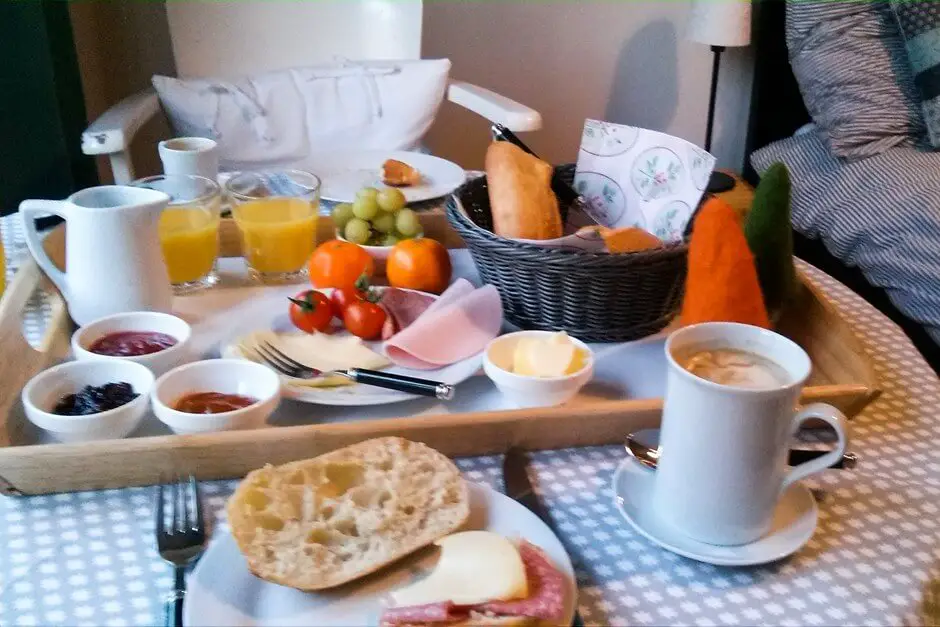
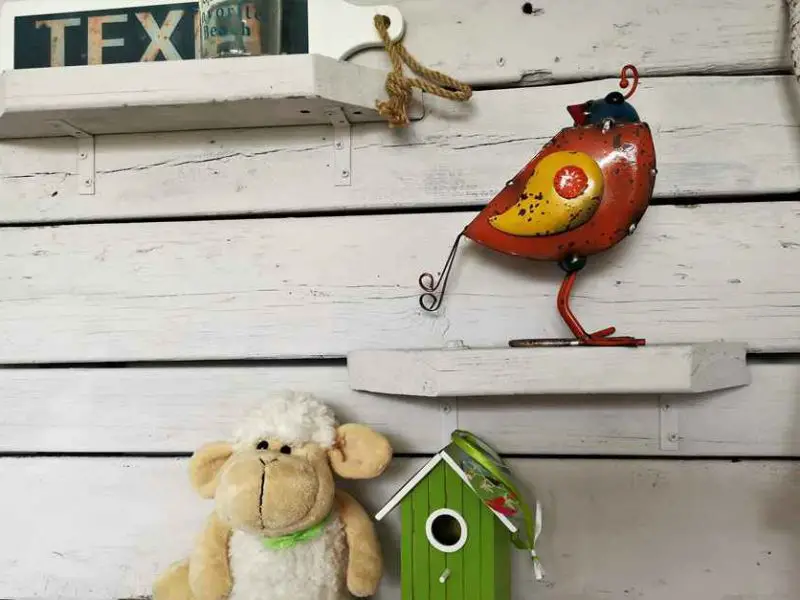
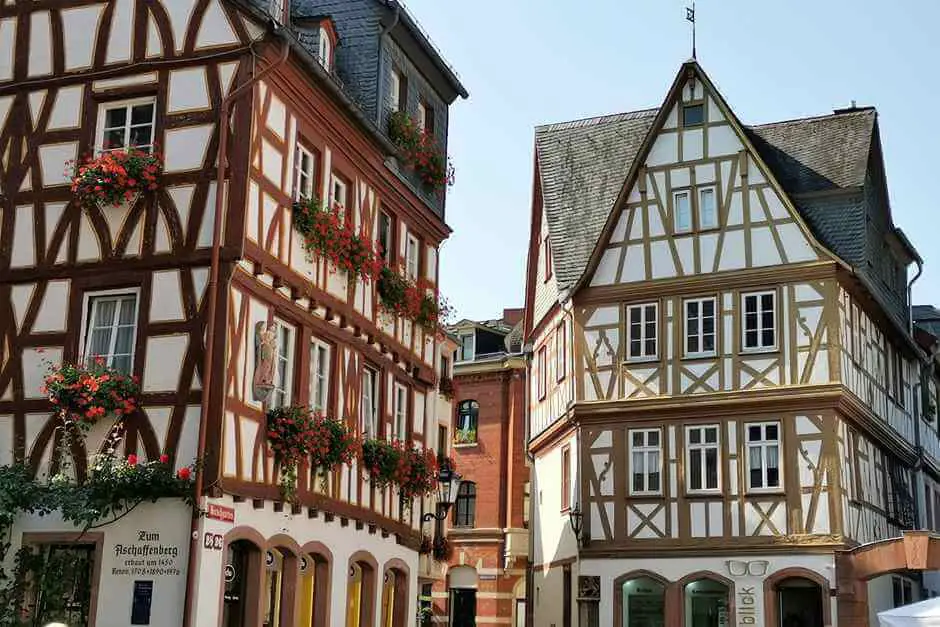
In the Swabian region, the Buschenschanken are called "brooms" (read Besa). We love to stop in such quaint pubs. In Austria we absolutely have to do that at the next opportunity!
I can only recommend that to you. Especially if you make a hike during the day, such Buschenschanken offer for a break. But even in the evening you can have a good snack there.
Quite well explained, the differences. Nevertheless, there are some cases still (especially from the Vienna area) who want to order a beer or a coffee in a tavern ...
That's true! I do that again and again :) and not only in the Vienna area.
That is really an entertaining conceptual clarification! I have already met both of them and always wanted to read about them. It was completely confusing for me to meet a “Grinzinger Heuriger” in Carinthia. Thanks for this readable info!
Hello Sabine, Sometimes it is not so easy to understand the differences, especially if the Heurigen not only in the Vienna area appear :). Best regards, Monika